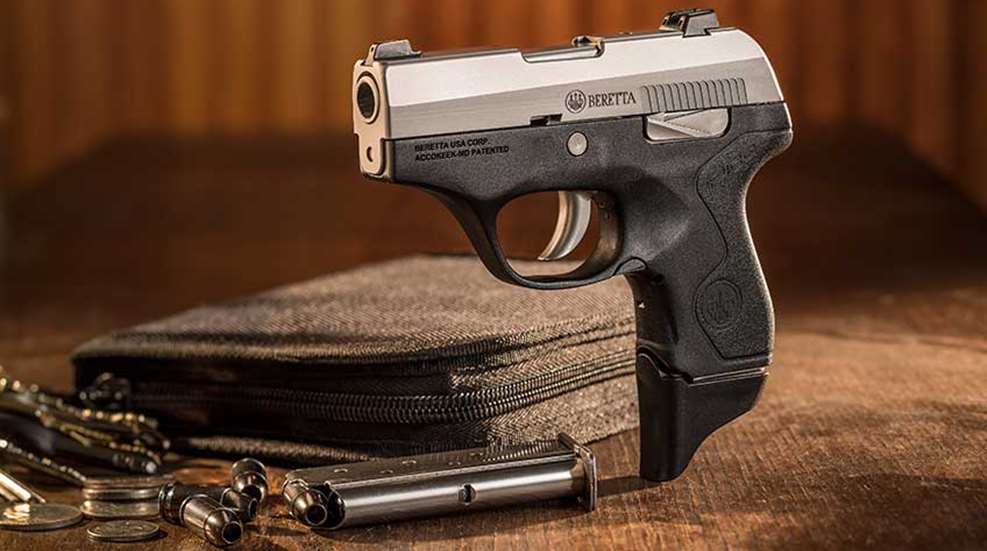
This review of the Beretta Pico appeared originally in the February 2015 issue of American Rifleman. To subscribe to the magazine, visit the NRA membership page here and select American Rifleman as your member magazine.
When it comes to concealed-carry handguns, smaller is generally considered better. And while Beretta isn’t claiming that its Pico .380 ACP is the “smallest” of its type on the market, it does say that it is the “thinnest,” with a width of 0.71". This critical dimension is key to comfortable concealed carry, which is precisely the role for which the Pico is designed.
The Pico is a U.S.-made, lightweight, compact and simple-to-operate semi-automatic handgun that uses a combination of steel and polymer components to achieve its size and weight goals. It is a close cousin both in design and operation to the 9 mm Luger-chambered Beretta Nano. Being a handgun designed with concealed carry in mind, it is difficult to find a sharp edge on the Pico—nearly every contour and surface is rounded to prevent snagging on clothing. The polymer frame is removable from the serial-numbered metal “chassis,” and can be easily exchanged for accessory frames in different colors.
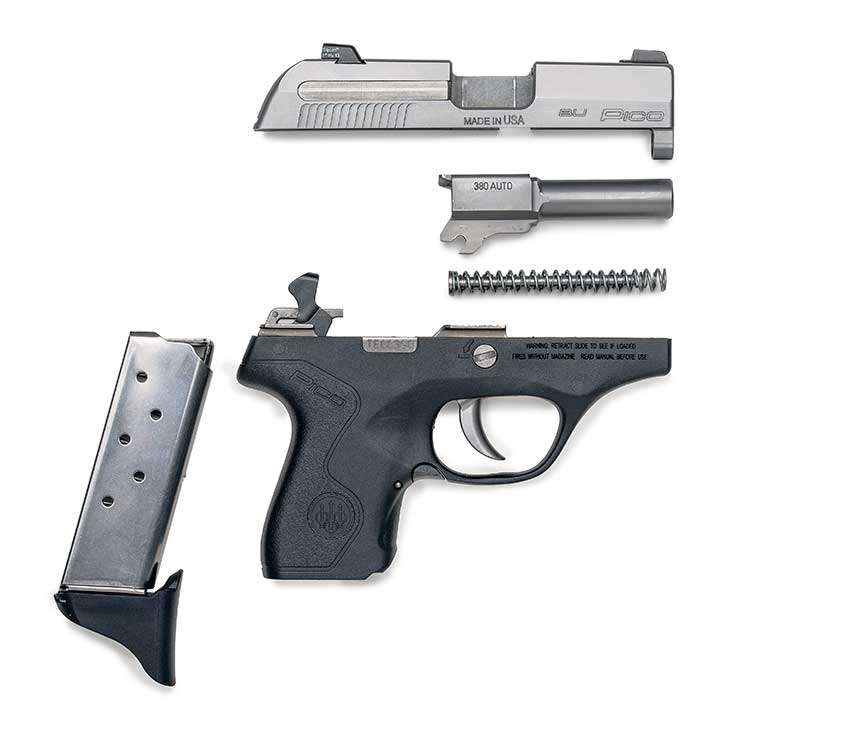
Operation of the Pico is straightforward and similar to that of most modern semi-automatic designs. The two included stainless steel magazines each have a capacity of six rounds. One of the magazines fits flush with the frame to minimize external dimensions while the second’s polymer base plate extension allows the shooter to achieve a full-handed grip on the handgun. The Pico does not have a magazine disconnect, so the pistol can be fired without a magazine in place.
The only manual controls on the Pico are an ambidextrous magazine release and a left-side slide stop; there is no manual safety. The magazine release is actuated by pressing a small tab at the bottom rear of the trigger guard downward, which allows both loaded and unloaded magazines to drop free from the frame when the pistol is held upright. The magazine catch is challenging to engage under stress; our suspicion is that Beretta’s engineers wanted to limit inadvertent user-induced magazine drops, rather than enhance speed of operation.
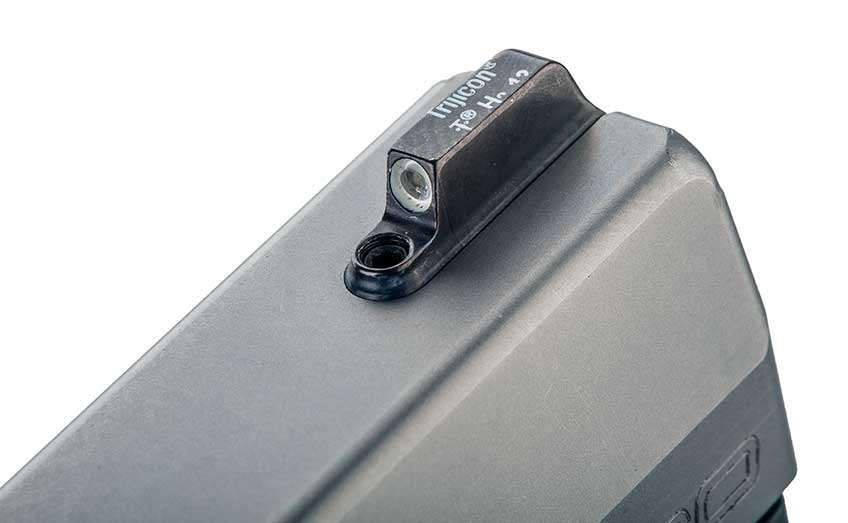
The steel slide stop only protrudes from the frame by a hair, yet we never missed it with our thumbs during our range testing. It can be used both to release the slide when a magazine is inserted as well as to lock the slide rearward; the slide locks back automatically on an empty magazine.
Operating the Pico’s slide chambers a round but does not cock the shrouded hammer, the handgun operates as a double-action only. The trigger pull on the Pico is long and, at nearly 10 lbs., fairly heavy. Such a pull is not necessarily out of place on a handgun designed to be carried loaded without the assurance of a manual safety. Since the trigger pull both cocks the hammer and releases the sear, the trigger reset on the Pico is nearly as long as the initial trigger pull. Despite the weight and duration of the trigger pull, the Pico was easy to shoot well at short-range targets—this is a firearm intended for defensive use, not target shooting.
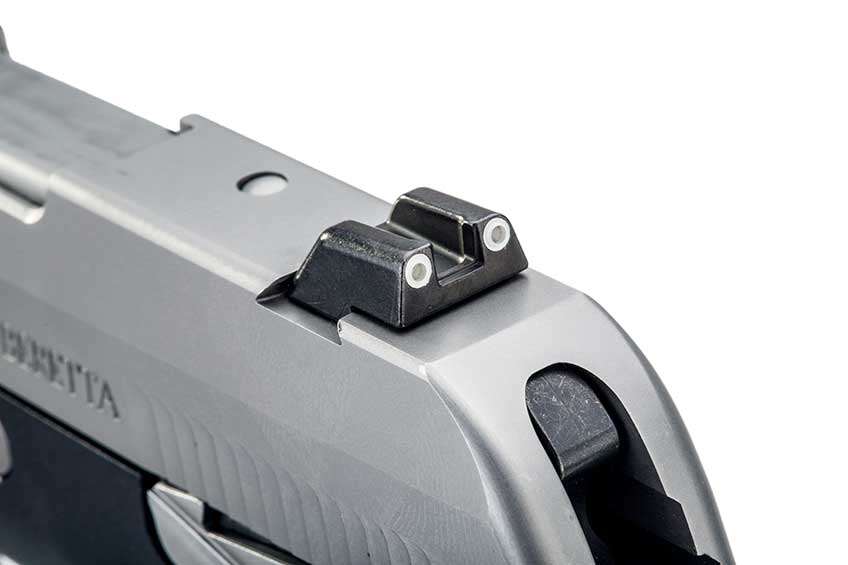
The Pico’s three-dot steel sights are secured in their slots by screws, and Trijicon night sights, such as those shown on the test gun, are available as accessories and are easily installed by the user without special equipment. Accuracy was excellent for a handgun of any size, much less a pocket .380, with 7-yd. groups rarely exceeding one ragged hole. Recoil was mild, aided no doubt by the nested recoil springs attached to the full-length stainless steel guide rod.
We experienced three failures to extract during our accuracy testing, all with the SIG Sauer Elite 90-gr. jacketed hollow-point load. Clearing the malfunction required removing the magazine, racking the slide to remove the fired case and reinserting the magazine before cycling the slide to reload the chamber.
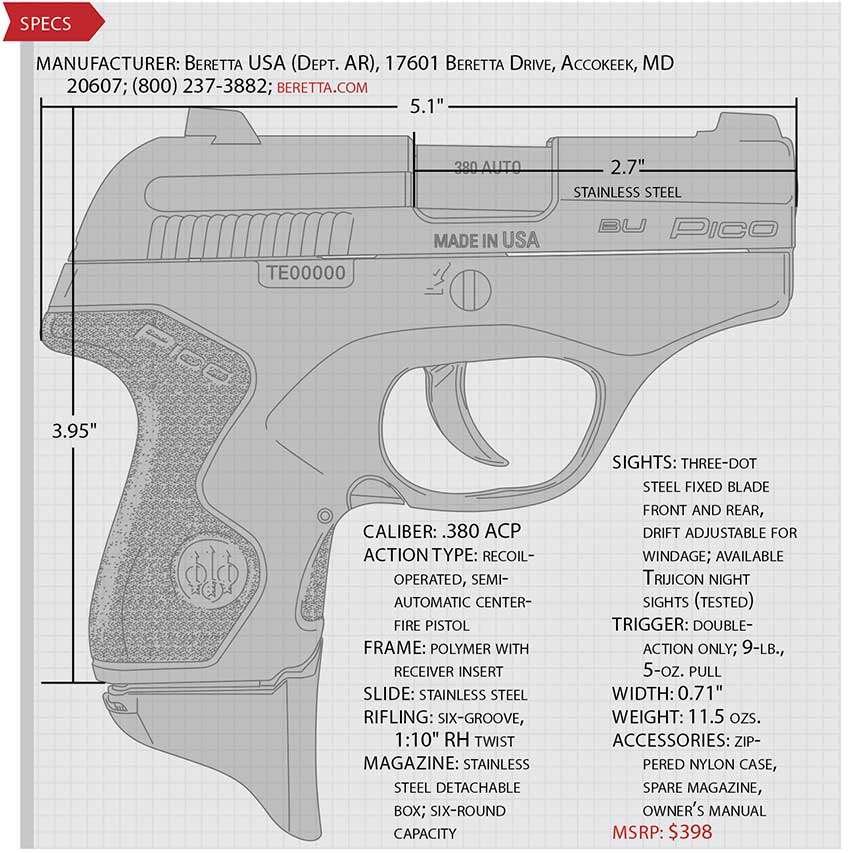
The cavernous hollow points of the SIG Sauer ammunition also resulted in a sharp edge on the cartridge’s nose that required some coaxing to get into the chamber on the first round of each magazine. The pointed elastomeric tip Hornady Critical Defense FTX and round-nose PMC full-metal-jacket loads fed, fired and ejected without incident. Small guns can be ammunition-sensitive, and it appears the Pico is no exception.
The Pico is disassembled by rotating the slotted takedown screw on the right side of the frame counter-clockwise. The slide moves forward and off the frame rails, allowing the recoil spring assembly and barrel to be removed. Reversing the procedure reassembles the firearm and the disassembly/reassembly takes mere seconds. When the slide assembly is placed back on the frame and brought to the rear, the takedown screw automatically snaps back into the “locked” position. Disassembling and reassembling the Pico reveals well-constructed components that fit together with precision.
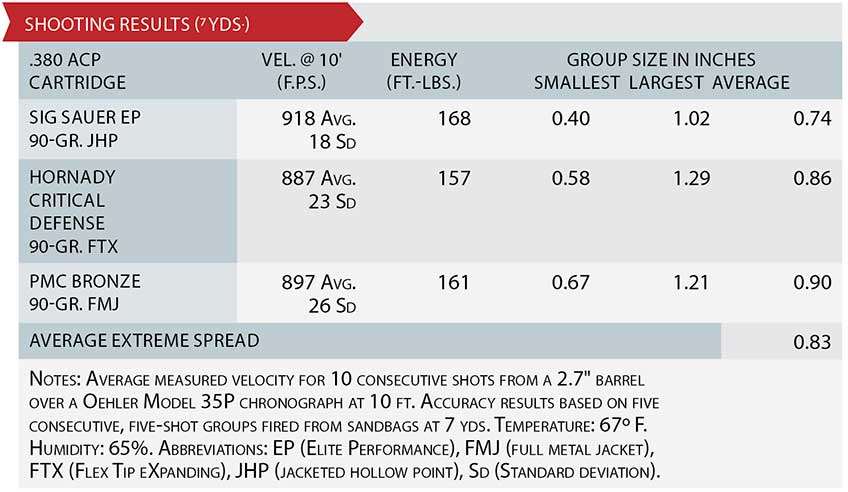
A gun that is truly concealable, reliable, safe and reasonably accurate is ideal for daily defensive carry. Incompatibility with one ammunition type aside, the Beretta Pico meets each of those criteria.






































